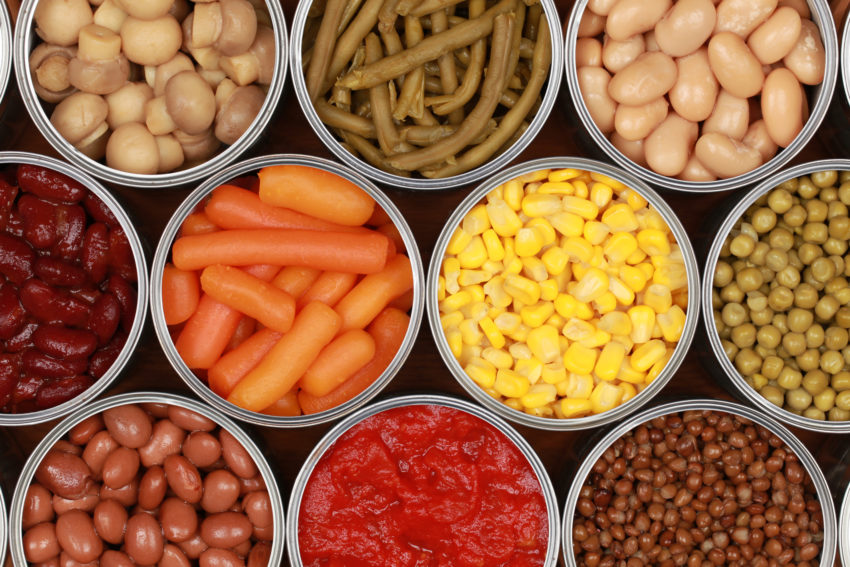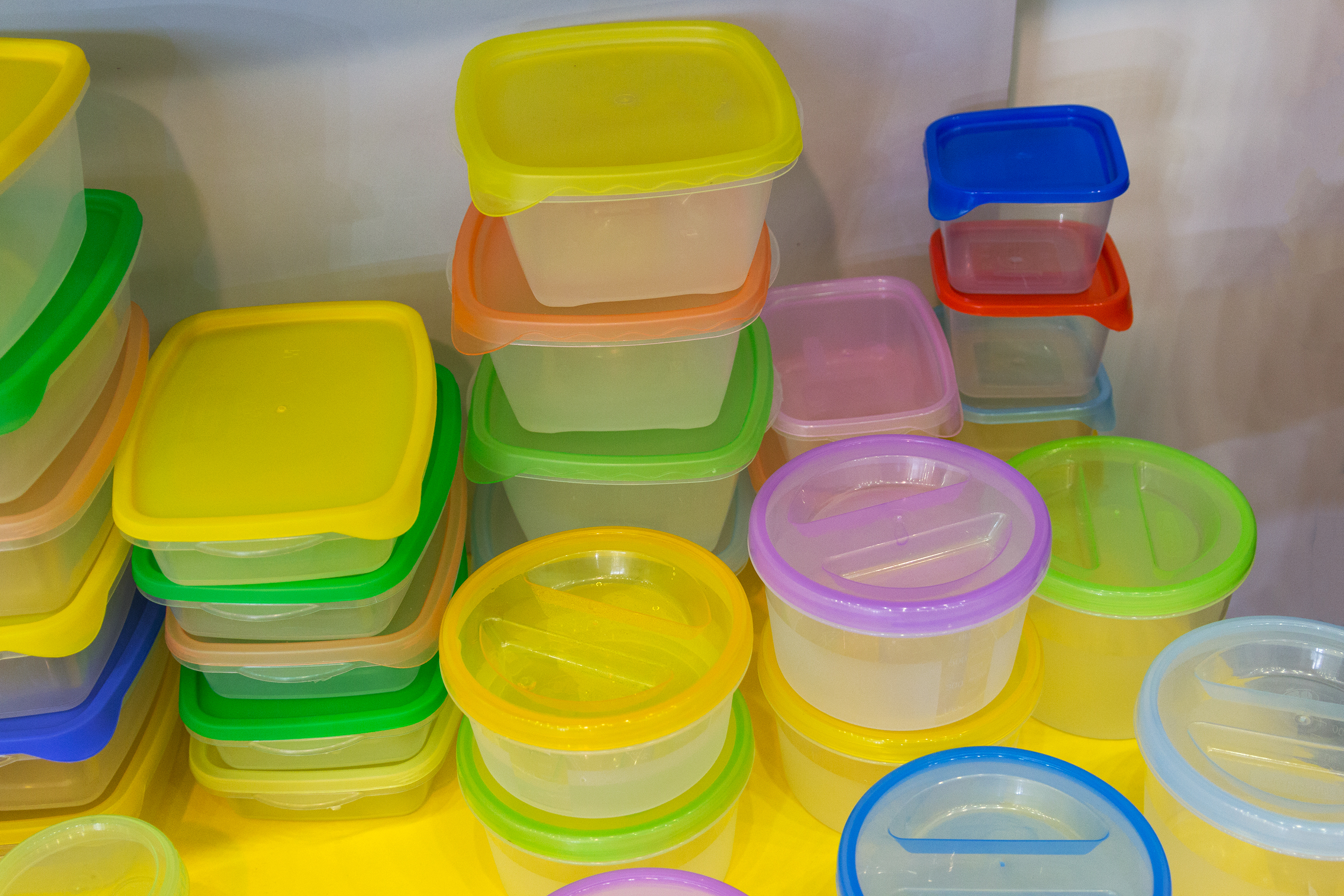
Share On Social!
A leading pediatricians’ group is warning families on chemicals in processed food and the use of plastic food containers, while encouraging more whole fruits and vegetables, according to The New York Times.
Previous studies have shown how chemicals used in an array of fast food packaging can be dangerous to consumers.
Now the American Academy of Pediatrics, which represents 67,000 of U.S. children’s doctors, have released a statement and technical report that is concerned about rising evidence “that certain chemicals that enter foods may interfere with the body’s natural hormones in ways that may affect long-term growth and development.”
The pediatrician’s group is asking for further rigorous testing and regulation on the countless of food additive chemicals as well as those indirectly added to food when the chemicals leach from packaging and plastics.
“The AAP is particularly concerned about food contact substances associated with the disruption of the endocrine system in early life, when the developmental programming of organ systems is susceptible to permanent and lifelong disruption,” according to the report.
Chemicals of Concern
Many chemicals are raising this concern.
Nitrates are used as preservatives in meat products, such as bacon.
Phthalates are used to make plastic packaging.
Bisphenols are used in the lining of metal cans that are used for canned food products, such as canned corn.
“The good news is there are safe and simple steps people can take right now to limit exposures, and they don’t have to break the bank,” Dr. Leonardo Trasande, the lead author of the statement and chief of the division of environmental pediatrics at New York University’s School of Medicine, told The New York Times.
In a different study, scientists at the University of California, San Francisco used an innovative approach for scanning blood, in which they discovered dozens of environmental organic acids (EOAs) in pregnant women, according to the article.
EOAs, such as bisphenol-A (BPA), have chemical structures comparable to hormones, in which they disrupt the endocrine system.

Scientists involved in the research study stated that the chemicals had never before been documented in the blood of pregnant women. These chemicals are associated with genetic defects, fetal damage, and cancer.
Children and infants are more susceptible to the effects of these chemicals in food because they eat more food per pound of body weight than adults.
“Many of the chemicals described in the pediatrics report have been shown to interfere with normal hormone function by mimicking or blocking the actions of hormones that are responsible for brain development, development of the sex organs and normal metabolic functions,” Laura N. Vandenberg, of the University of Massachusetts-Amherst’s School of Public Health, told The New York Times on behalf of the Endocrine Society.
Pediatricians Group: Reduce Chemical Exposure In Children
Here is advice from the American Academy of Pediatrics:
- Prioritize consumption of fresh or frozen fruits and vegetables when possible, and support that effort by developing a list of low-cost sources for fresh fruits and vegetables.
- Avoid processed meats, especially maternal consumption during pregnancy.
- Avoid microwaving food or beverages (including infant formula and pumped human milk) in plastic, if possible.
- Avoid placing plastics in the dishwasher.
- Use alternatives to plastic, such as glass or stainless steel, when possible.
- Look at the recycling code on the bottom of products to find the plastic type, and avoid plastics with recycling codes 3 (phthalates), 6 (styrene), and 7 (bisphenols) unless plastics are labeled as “biobased” or “greenware,” indicating that they are made from corn and do not contain bisphenols.
- Encourage hand-washing before handling foods and/or drinks, and wash all fruits and vegetables that cannot be peeled.
The group’s statement also has actions for FDA, such as toxicity testing and safety assessments, as well as policymaker actions.
“The FDA can and should make improvements within the scope of current agency authority,” according to the policy statement. “Ultimately, congressional action may be required to reform the food additives regulatory process. To aid in this process, the pediatrician community should come together on these issues to advocate for the protection of children’s health.”
Why This Matters For The Latino Population
Chemicals in food packaging are linked to adverse health problems such as obesity.
Latino food inequities are well documented.
Obesity is more prevalent among low-income and minority children, disproportionate exposures to obesogenic chemicals such as BPA partially explain sociodemographic disparities in health, according to the report.
By The Numbers
1
Supermarket
for every Latino neighborhood, compared to 3 for every non-Latino neighborhood



